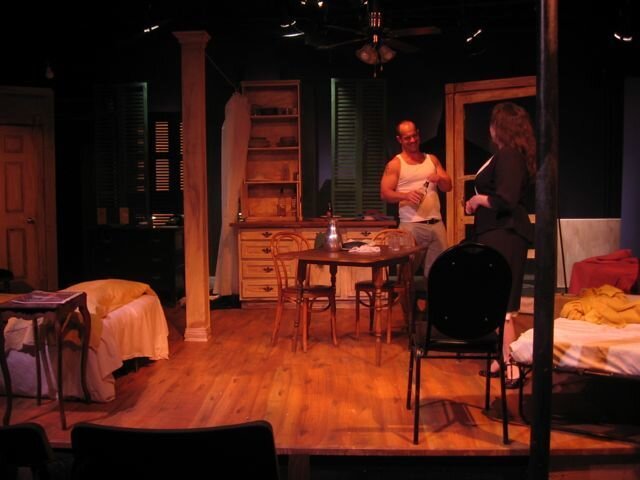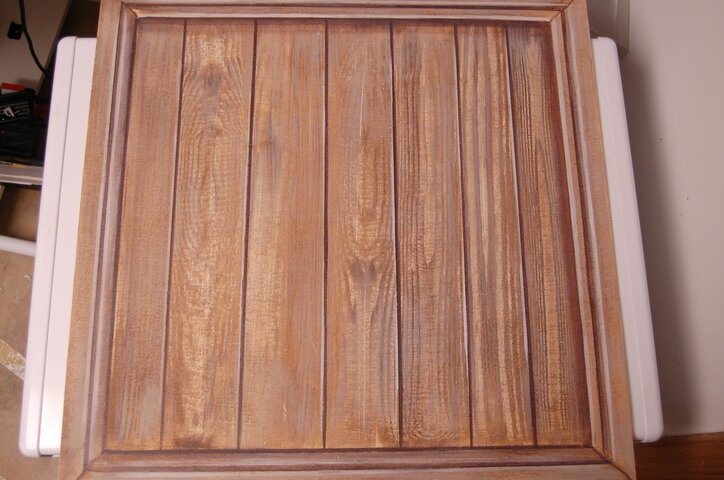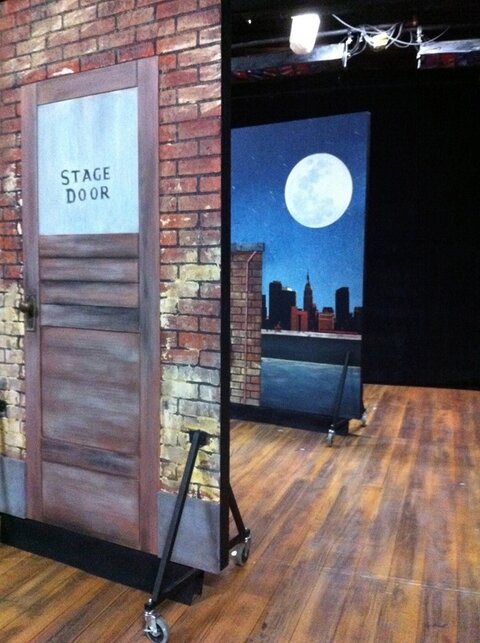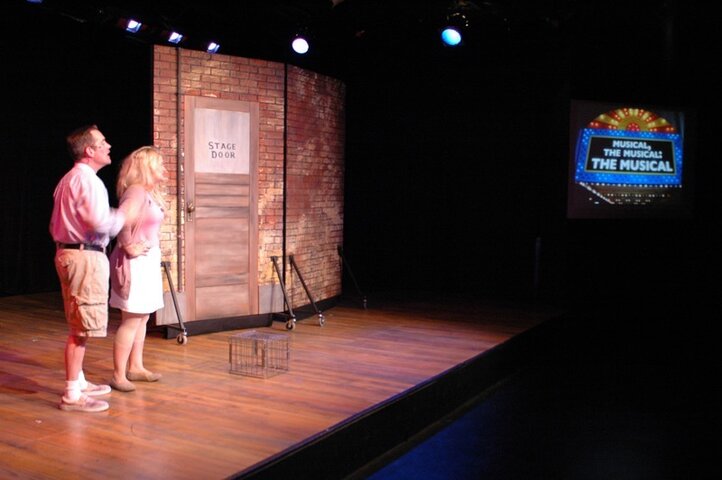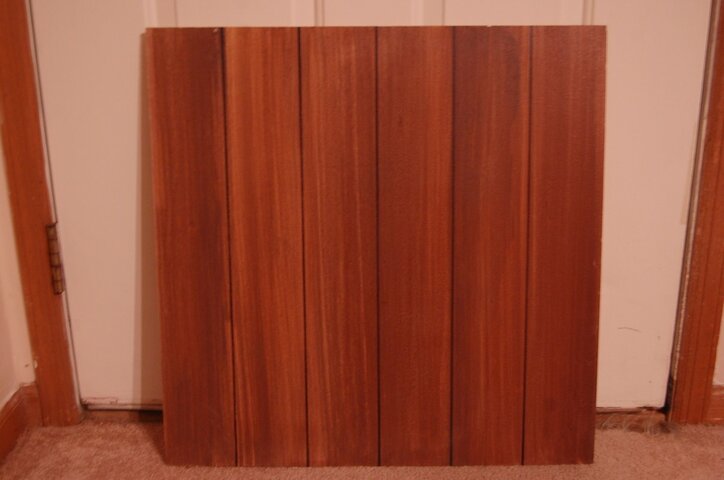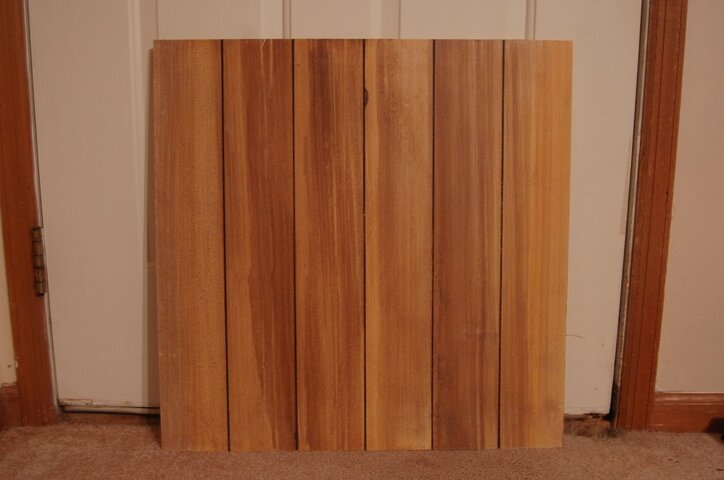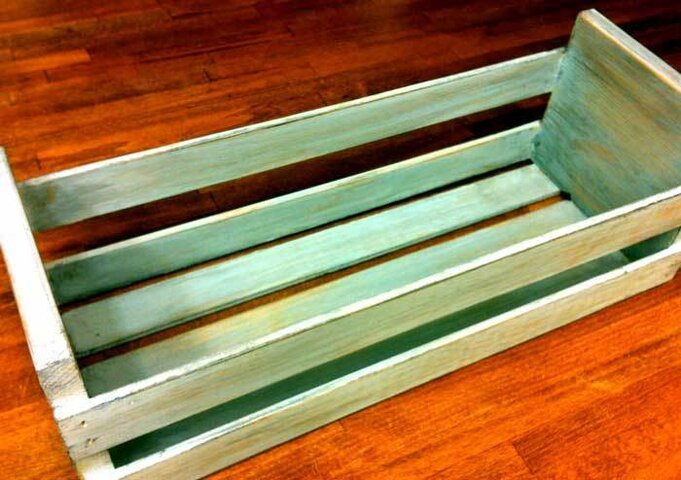Hello people
I'm looking for advice, weblinks, resources to help me approach painting a large stage a faux woodgrain to look like floorboards. I have a graining tool but apart from that no idea where to start to make the job easier.
The set is set in an old church hall so ideally looking for colour recipies for a simple base and top coat colour. The floor is currently black so would appreciate some advice about the easiest and quickest way to get the job done. I was thinking of going over the floor in a mix of white/yellow oche for the base then apply raw sienna using a wood graining tool over the top. Possibly a third darker brown coat e.g. burnt umber. I will be using scenic paints specifically so advice with respect to traditional paint colours appreciated.
Also, what is the simpliest way to paint floorboard lines? And do floorboards generally run upstage/downstage or SR to SL?
thanks
Andrew
I'm looking for advice, weblinks, resources to help me approach painting a large stage a faux woodgrain to look like floorboards. I have a graining tool but apart from that no idea where to start to make the job easier.
The set is set in an old church hall so ideally looking for colour recipies for a simple base and top coat colour. The floor is currently black so would appreciate some advice about the easiest and quickest way to get the job done. I was thinking of going over the floor in a mix of white/yellow oche for the base then apply raw sienna using a wood graining tool over the top. Possibly a third darker brown coat e.g. burnt umber. I will be using scenic paints specifically so advice with respect to traditional paint colours appreciated.
Also, what is the simpliest way to paint floorboard lines? And do floorboards generally run upstage/downstage or SR to SL?
thanks
Andrew



